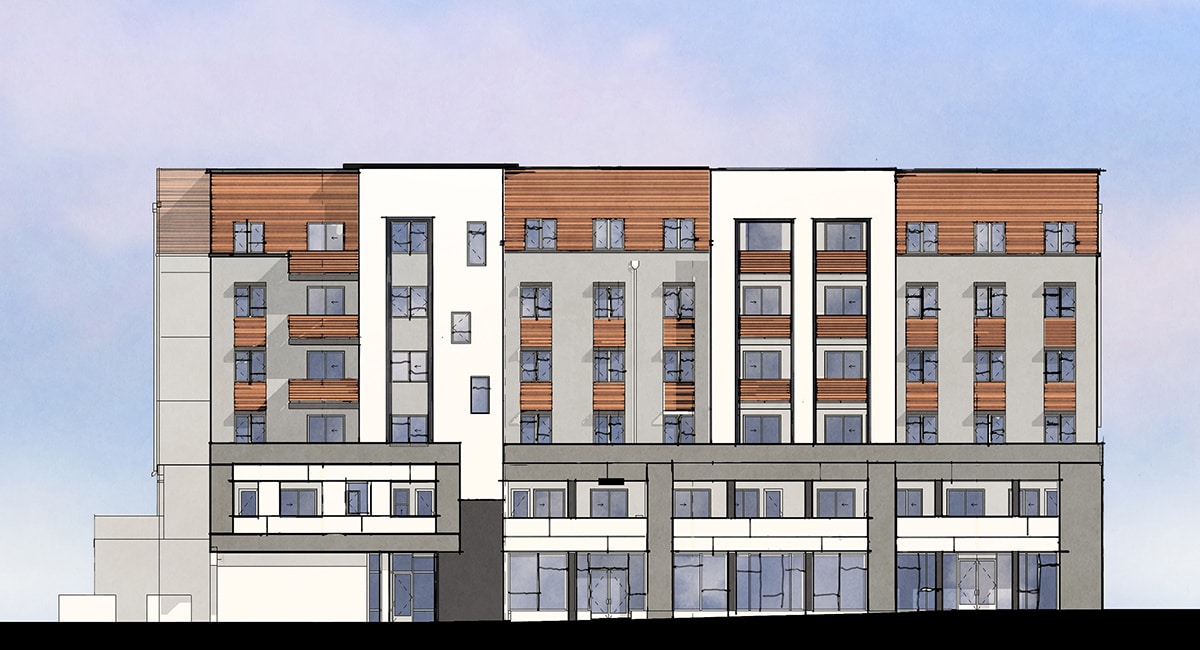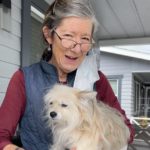After World War II, homeownership became a priority for returning servicemen and was bolstered by the GI Bill. Lower interest rates were made available for these returning servicemen, and the Federal Housing Administration (FHA) began to insure mortgages, which resulted in having to put less money down to purchase a house.
This, coupled with available space to build affordable housing and the great “baby boom,” prompted again by returning GIs, resulted in a great demand/need for affordable housing. From 1940 to 1960, homeownership rates experienced a tremendous growth spurt — from 43 to 64 percent of Americans.
Current homeownership rates remain about the same (approximately 65 percent). Still, with tens of millions of additional people living in the U.S. today compared to 1960, millions of additional people currently do not own homes. Add the fact that high rental rates on apartments too often result in 70 percent of household income going to just paying the rent, which translates into the fact that too many of our neighbors are the “working poor” who barely make ends meet. So, while housing for the homeless is foremost on most people’s minds, equally — or I would argue more — important is developing “affordable housing” for too many of our San Pedro brothers and sisters.
In 2023, it is estimated that an average household income of $220,000 will be needed to buy a home in Los Angeles, while the median household income in 2020 was only $65,000. We need to rethink the American Dream of homeownership and invest in the expansion of it to include affordable rental housing built vertically, which allows larger numbers of units and built-in amenities that replace the backyards and streets we used to play in back in the ‘60s. Everyone cannot own a home, but we can prioritize new and affordable rental housing that allows our workforce to live where they work and at a cost where their quality of life is vastly improved.
In Mayor Bass’s recent swearing-in ceremony, she noted both the need for a “state of emergency” for the homeless and additional affordable housing for the working class/poor. While there is an estimated 69,000 homeless people in Los Angeles, there are well over a million working poor living on the margins due to unaffordable rent, including in the San Pedro/Harbor Area. Prioritizing affordable housing is not as sexy/politically correct as homeless housing, but the need is much greater and must be seriously addressed. Yes, there are creative new and important efforts here in town, like the 456 West project from One San Pedro and Linc Housing, both of which provide additional housing for all income levels. But we need at least ten times that amount in the Harbor Area, if not more, to meet this affordable housing need for our working class.
I am addressing the same problem/situation with our Boys & Girls Club employees. We recently distributed a survey to gather information on my team’s housing challenges, and we are having discussions with other nonprofits, elected officials, and soon, banks/lending institutions to see if there is an opportunity for us to secure workforce housing for some of my staff. Pre-pandemic, I would not have considered us being a “benevolent landlord” for some of our employees, but today I am discussing this idea with anyone I can. If you are interested in discussing the same or possibly partnering in this potential workforce housing project, or if you would like to “invest,” please reach out to me, as I am ready and available. The American Dream in 2023 is not dead, but we must rethink it to include all of our working neighbors, which will improve the quality of life for all and the quality of our community for decades to come. spt







Comments